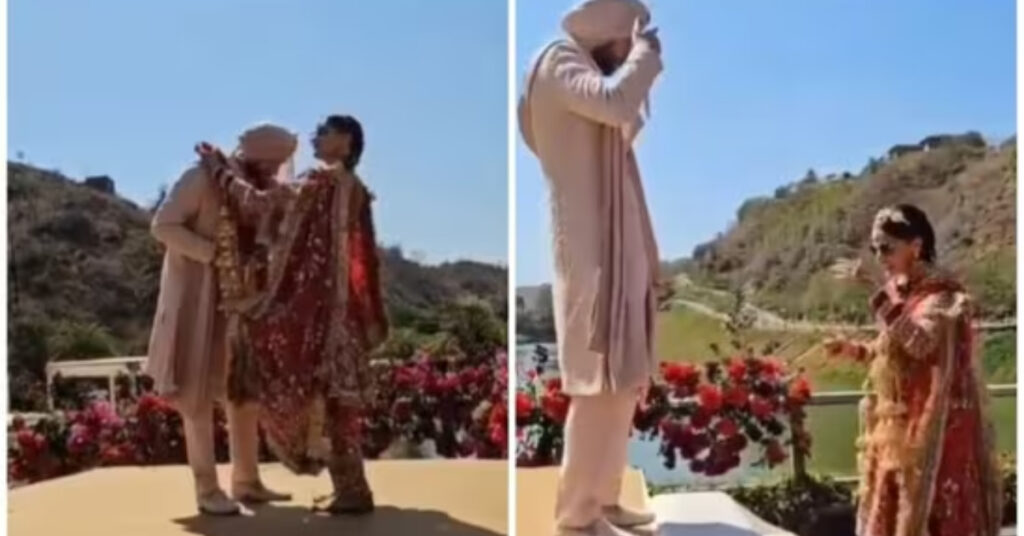The much-anticipated sequel to the groundbreaking Joker (2019), Joker: Folie à Deux, has finally hit theaters. Directed by Todd Phillips, the film sees Joaquin Phoenix reprising his Oscar-winning role as Arthur Fleck, while introducing Lady Gaga as Harley Quinn. While the first film was a gritty character study of a man descending into madness, Folie à Deux attempts to broaden the scope, venturing into musical territory and exploring the dynamics of shared psychosis. But does the film succeed in delivering the same impact, or does it stumble under the weight of its own ambition?
Let’s break it down.
🎥 Plot Overview
Set in the aftermath of the events from the original Joker, Arthur Fleck, now institutionalized in Arkham Asylum, finds himself drifting deeper into insanity. The film opens with Arthur grappling with the consequences of his previous actions, but this time, he is not alone. Enter Harley Quinn, a psychiatrist who falls in love with her patient and descends into madness alongside him.
The plot draws heavily from the concept of folie à deux, or shared psychosis, where two people share the same delusional beliefs. This theme drives the narrative, as the film explores how both Arthur and Harley’s deranged realities begin to merge. Musical numbers are scattered throughout, blending surrealism with Arthur’s internal chaos.
🎭 Performances
Joaquin Phoenix as Arthur Fleck / Joker
Once again, Joaquin Phoenix delivers a mesmerizing performance. His portrayal of Arthur’s emotional vulnerability combined with the unhinged Joker persona is nuanced and captivating. His ability to fluctuate between fragile and menacing is masterful, and it’s evident why Phoenix is one of the most respected actors in Hollywood.
Lady Gaga as Harley Quinn
Perhaps the most anticipated aspect of Folie à Deux was Lady Gaga’s portrayal of Harley Quinn, and she doesn’t disappoint. Gaga’s version of Harley is far removed from previous cinematic iterations, offering a raw, tragic take on the character. While the chemistry between Gaga and Phoenix doesn’t quite reach the electric levels many hoped for, her performance is still compelling. She embodies a woman whose life spirals out of control, mirroring Arthur’s own descent, but with her own unique flair.
🎶 The Musical Twist: A Risk Worth Taking?
One of the most daring choices in Joker: Folie à Deux is the inclusion of musical sequences. While many were intrigued by the idea, others questioned how this could mesh with the dark, brooding tone established in the original film. The musical numbers, surprisingly, work well within the film’s context, providing an insight into the warped minds of Arthur and Harley. It’s not a traditional musical by any means — think of it as a psychological exploration where the songs serve as windows into the characters’ disturbed psyches.
However, some viewers might find the musical segments jarring, especially when compared to the raw grittiness of the first Joker. The transition between the grim reality of Gotham and the surreal musical moments isn’t always seamless, and at times, it can feel as if the film is trying too hard to innovate.
📝 Themes Explored
1. Mental Illness and Delusion
Just as the first film was a harrowing depiction of mental illness, Folie à Deux dives even deeper into this theme. Arthur and Harley’s shared delusion drives the film, blurring the lines between reality and fantasy. The exploration of how two people can feed off each other’s madness is fascinating, yet disturbing.
2. Power Dynamics in Relationships
The film delves into the complex power dynamics between Arthur and Harley. While Arthur remains the dominant force throughout much of the film, Harley’s character development sees her gradually assert her own brand of madness. Their relationship is toxic and chaotic, yet the film portrays it as a tragic love story.
3. The Failure of Society
Folie à Deux continues the critique of society that was so prominent in the first film. Arthur and Harley’s descent is, in many ways, a reflection of the systemic failures around them. Gotham remains a city in turmoil, and the characters’ struggles are exacerbated by the society that continues to ignore their cries for help.
🎨 Cinematography and Visuals
The film retains the same bleak, oppressive aesthetic of the first Joker but adds a layer of surrealism to reflect the characters’ deteriorating mental states. The color palette shifts depending on the tone of the scene, with muted grays and blues representing Gotham’s harsh reality, and vibrant reds and purples coming into play during the musical sequences.
The cinematography, helmed by Lawrence Sher, is visually stunning. The wide shots of Gotham feel both claustrophobic and endless, capturing the city’s overwhelming presence in the characters’ lives. Close-ups of Arthur and Harley allow the audience to see every twitch, every tear, every moment of madness etched across their faces.
🔍 Criticisms
1. Pacing Issues
One of the most common criticisms of Joker: Folie à Deux is its pacing. At nearly two and a half hours, the film feels bloated in parts. Some scenes, particularly in the second act, drag on longer than necessary, and the momentum falters at times.
2. Inconsistent Tone
The shift between gritty realism and surreal musical sequences is not always cohesive. While the musical numbers provide a fresh take on Arthur’s psyche, they sometimes feel out of place within the broader narrative. For some, this might enhance the experience, but for others, it could come across as disjointed.
3. Lady Gaga’s Limited Screen Time
Despite being one of the most talked-about aspects of the film, Lady Gaga’s Harley Quinn is surprisingly underutilized. Fans hoping for more screen time and character development might feel disappointed. Her presence, while impactful, feels secondary to Arthur’s story, and this imbalance can be frustrating for those expecting more of a dual protagonist narrative.
🎬 Direction by Todd Phillips
Todd Phillips takes bold risks in Folie à Deux, veering away from traditional sequel territory. While some of these risks pay off, others leave the audience divided. Phillips clearly wanted to push the boundaries of what a comic-book movie could be, blending genres and playing with narrative structure. However, not all of these experiments are successful. The film’s ambition is admirable, but it occasionally feels like it’s straining under the weight of its own grandiosity.
🎶 The Soundtrack
The music in Joker: Folie à Deux is as essential to the film as the performances themselves. Hildur Guðnadóttir returns as the composer, delivering another haunting score. The music shifts from eerie, melancholic tones to grand, theatrical compositions during the musical sequences. While the score mirrors Arthur’s descent into madness, the songs during the musical numbers feel like a glimpse into the characters’ internal worlds.
🏆 Overall Verdict
Joker: Folie à Deux is an audacious sequel that dares to challenge audience expectations. While it may not reach the same heights as its predecessor, it remains a fascinating, if flawed, exploration of mental illness, power, and shared delusion. Joaquin Phoenix once again proves his mastery of the craft, and Lady Gaga brings a refreshing, tragic depth to Harley Quinn. The film’s unique blend of musical elements with psychological drama sets it apart, though its tonal inconsistency and pacing issues prevent it from being the masterpiece it aspires to be.
For fans of the first Joker, Folie à Deux offers a thought-provoking, albeit polarizing, continuation of Arthur Fleck’s story. Its risks might alienate some viewers, but for those willing to embrace its madness, it’s an unforgettable cinematic experience.
🌟 Final Rating: 7.5/10
While not without its flaws, Joker: Folie à Deux is a bold, boundary-pushing film that will undoubtedly spark conversation. Its exploration of mental illness, society’s failures, and the toxic, chaotic love between Arthur and Harley makes it a must-watch for fans of character-driven stories.




